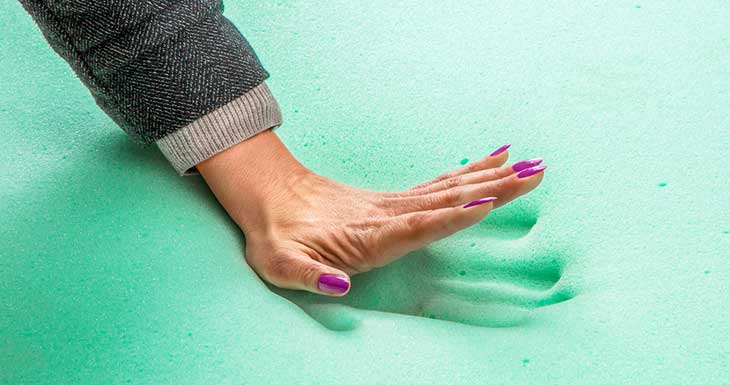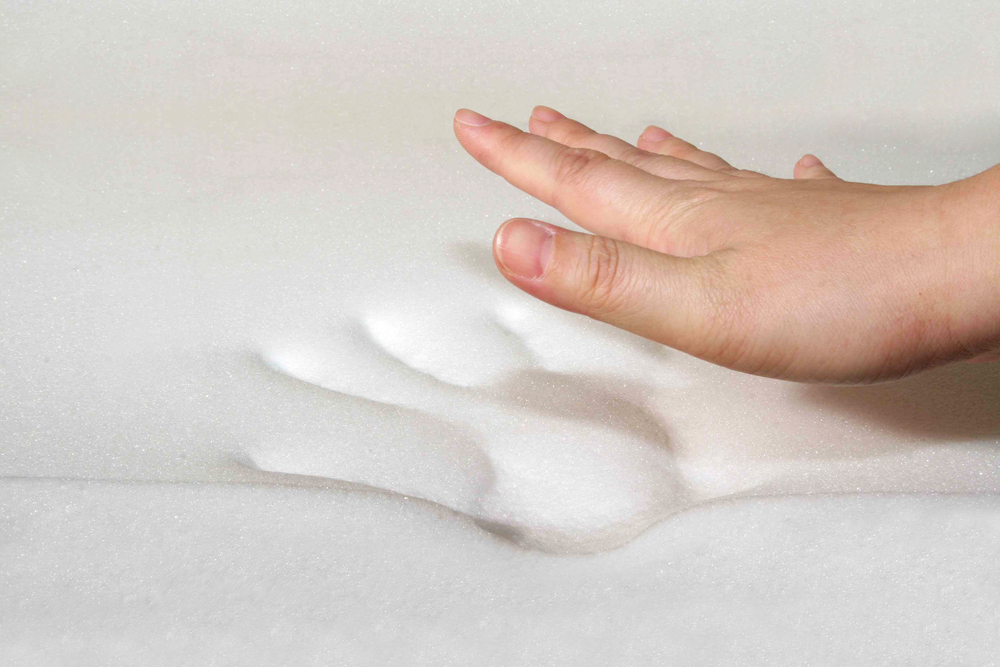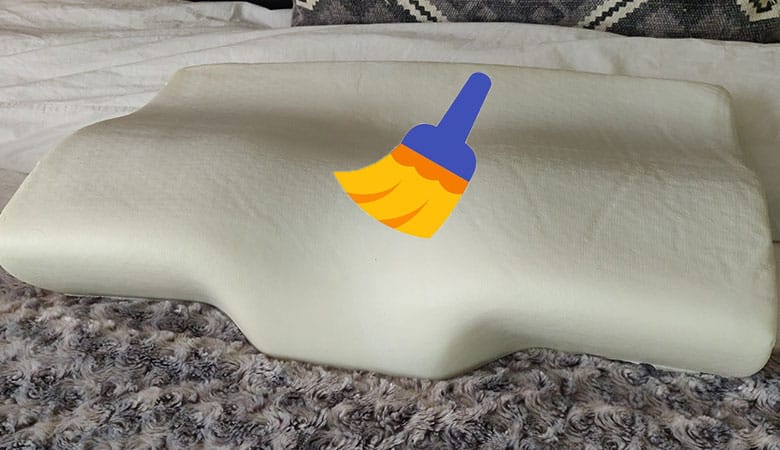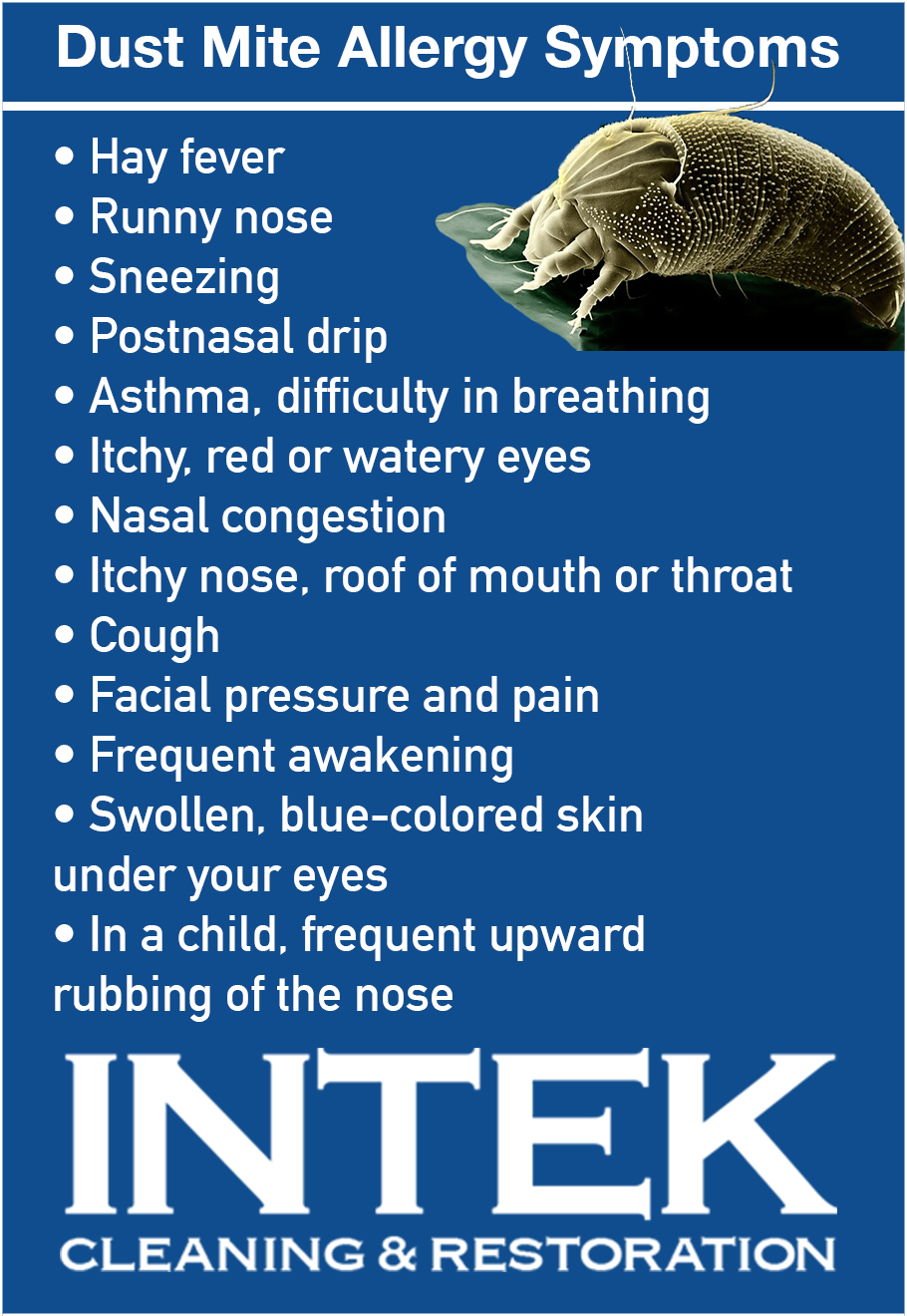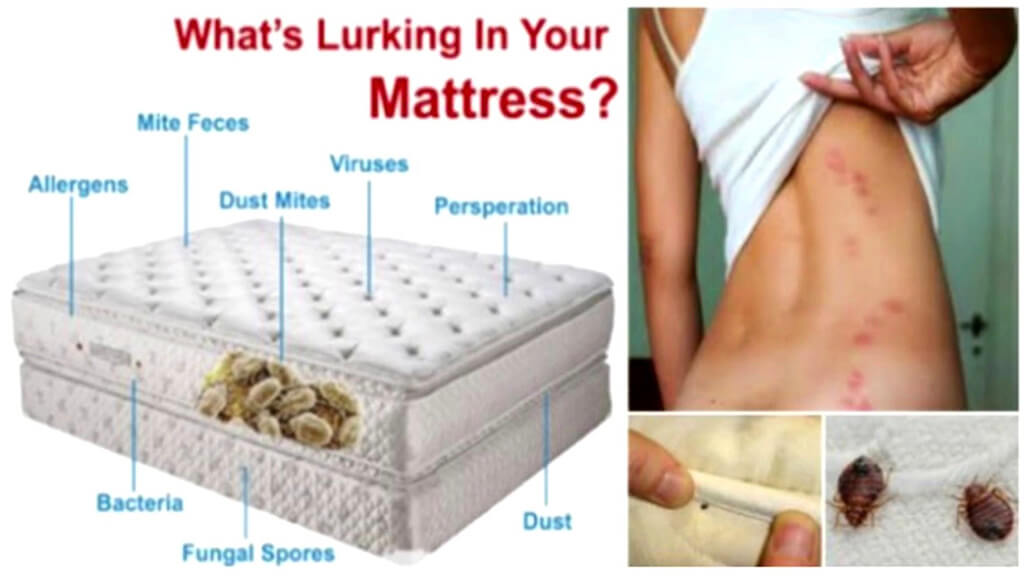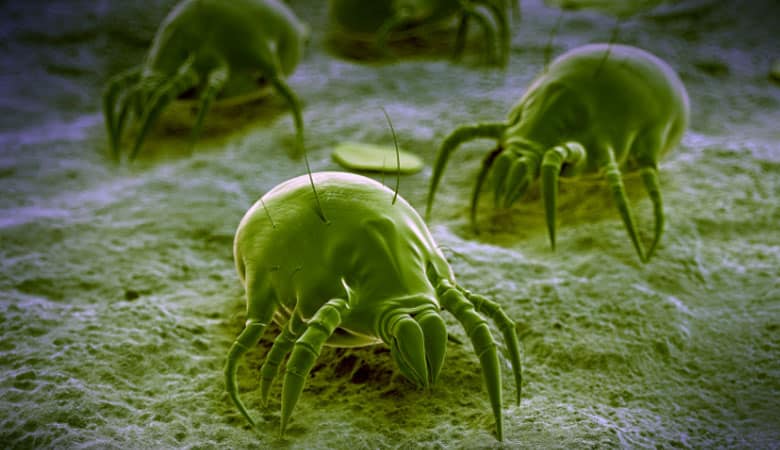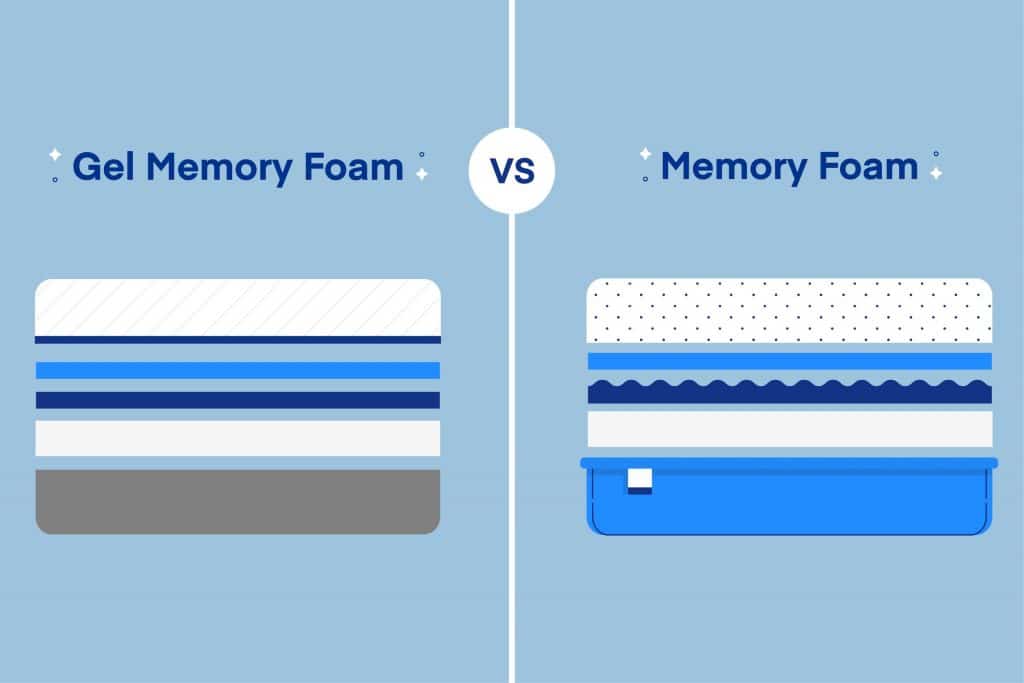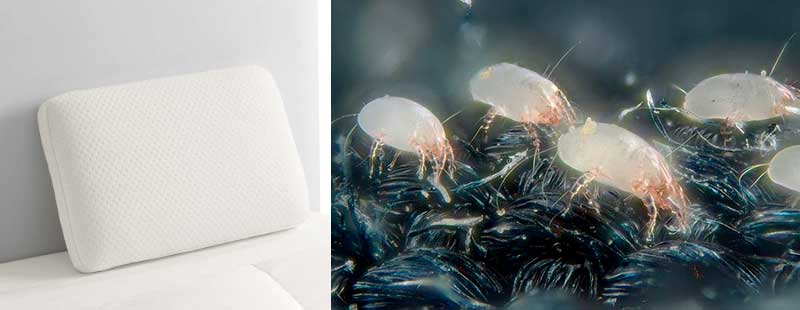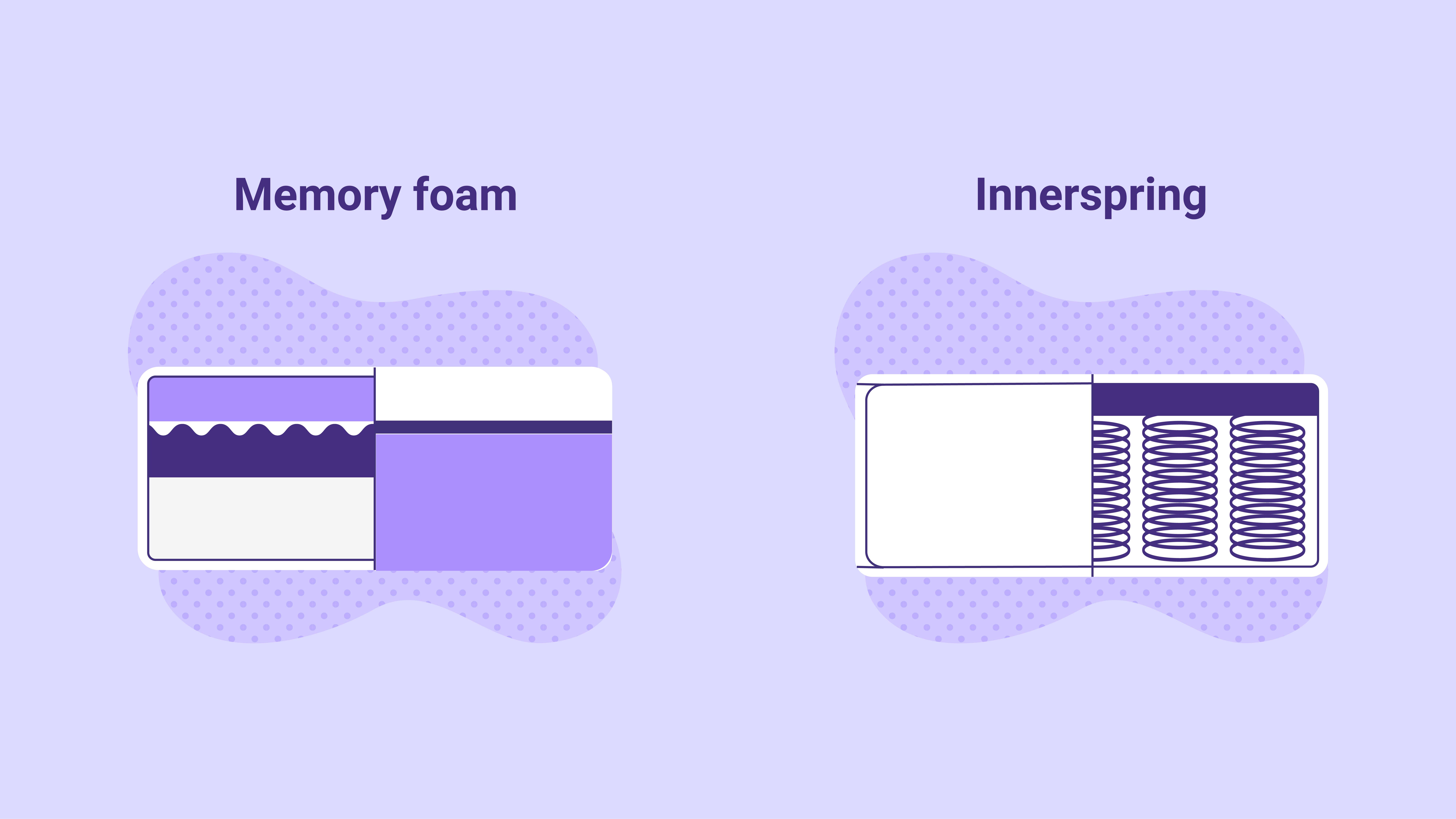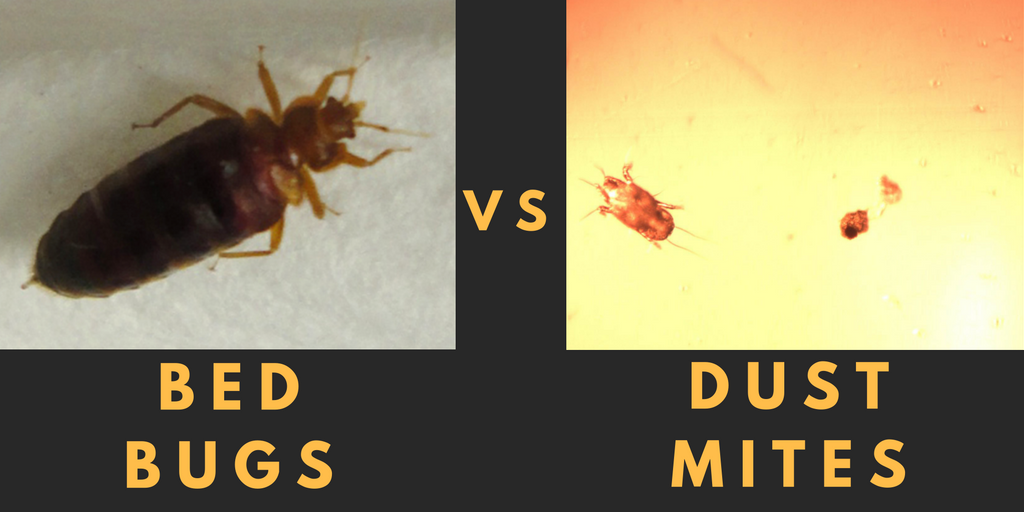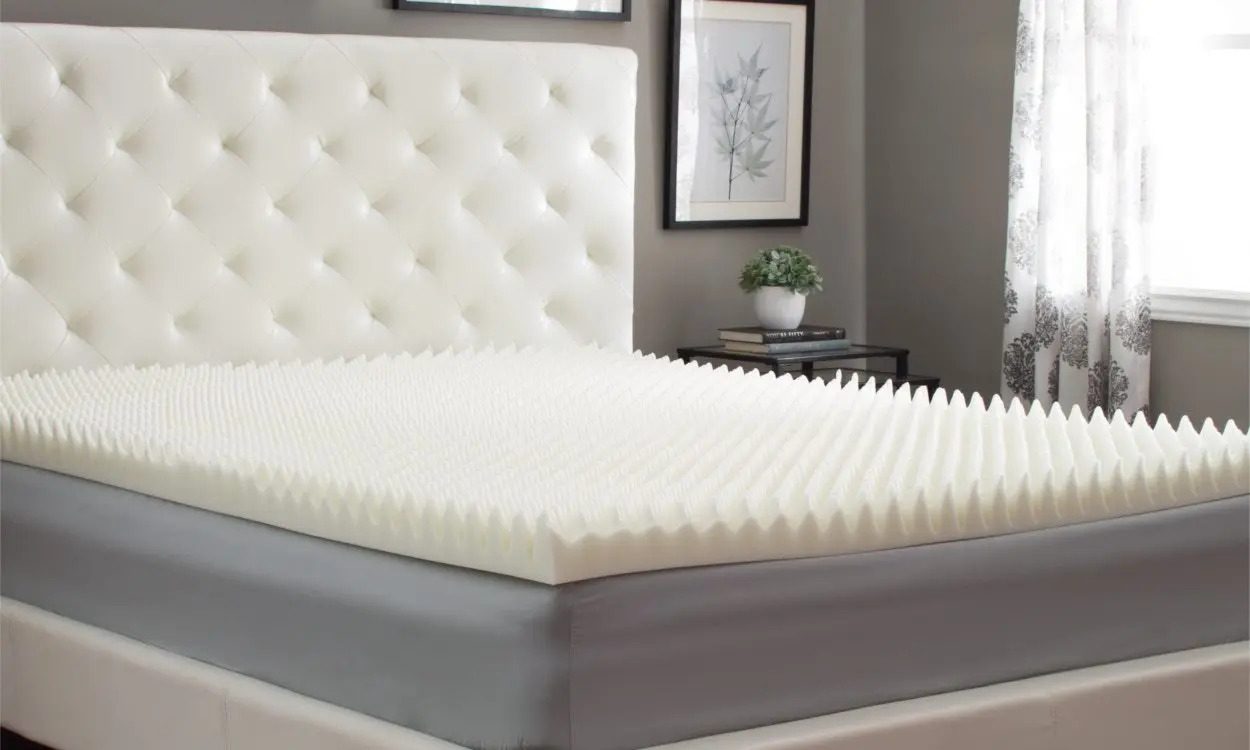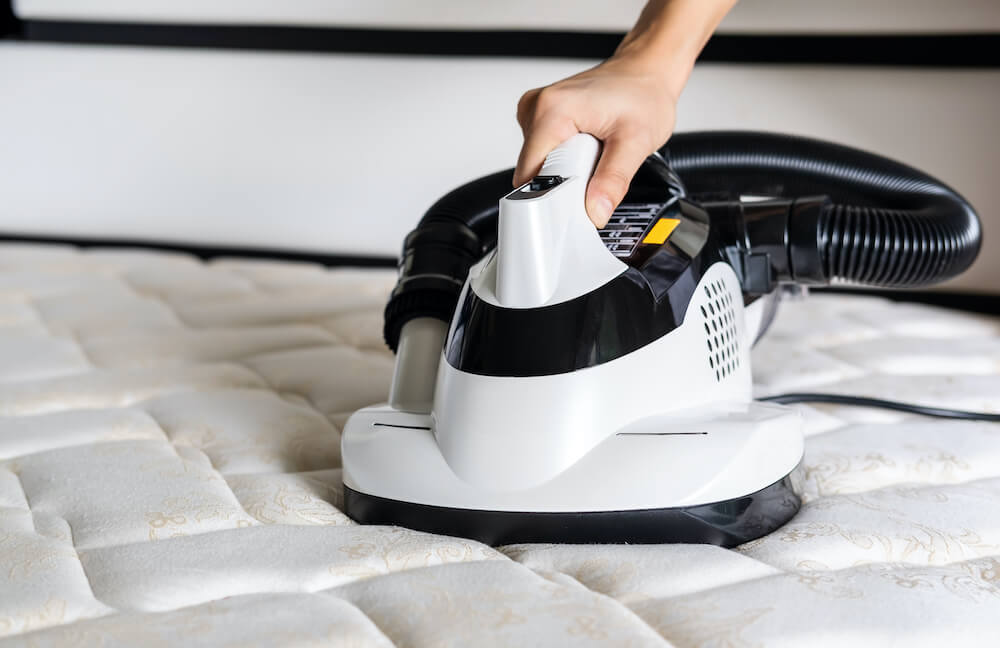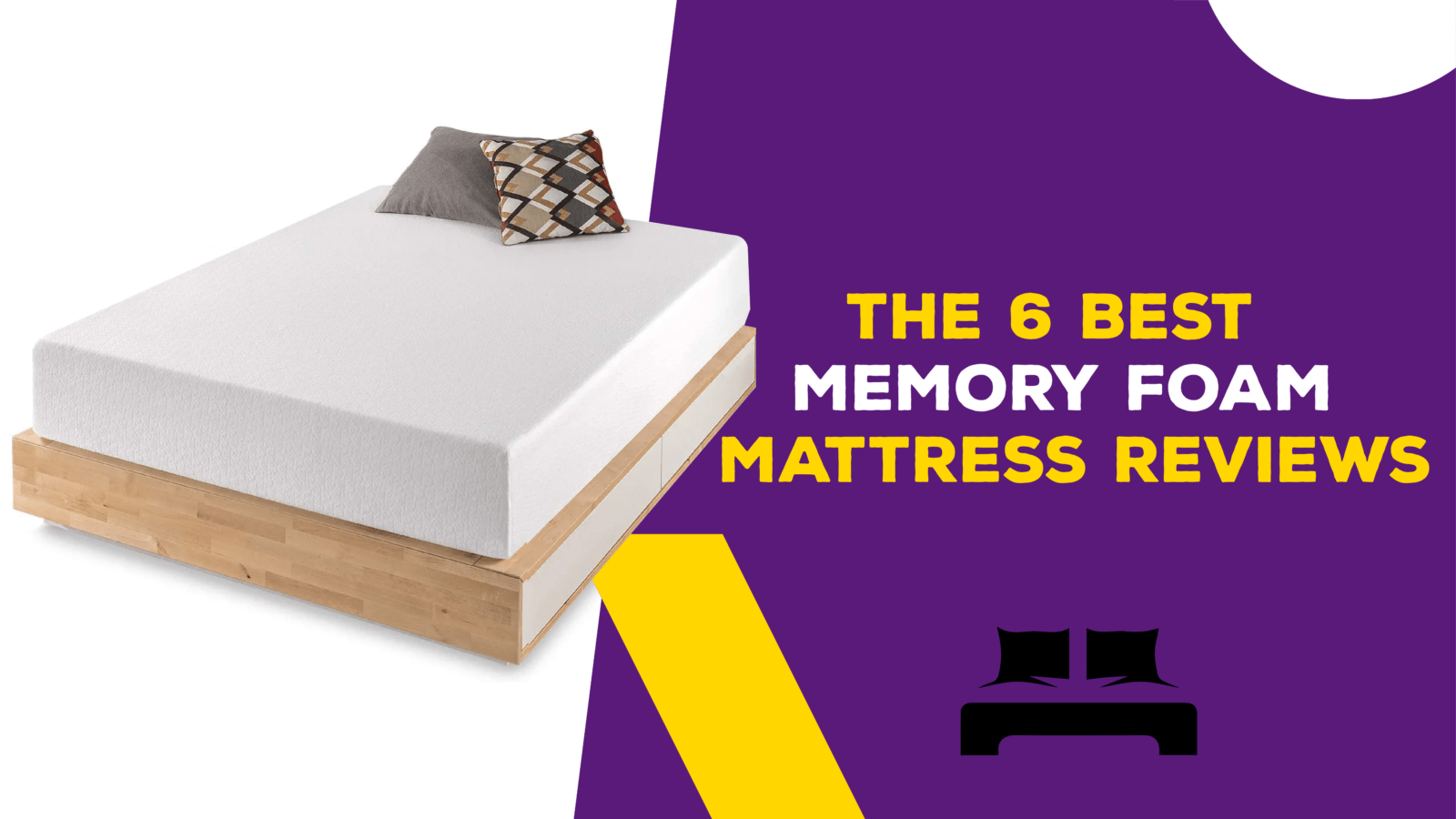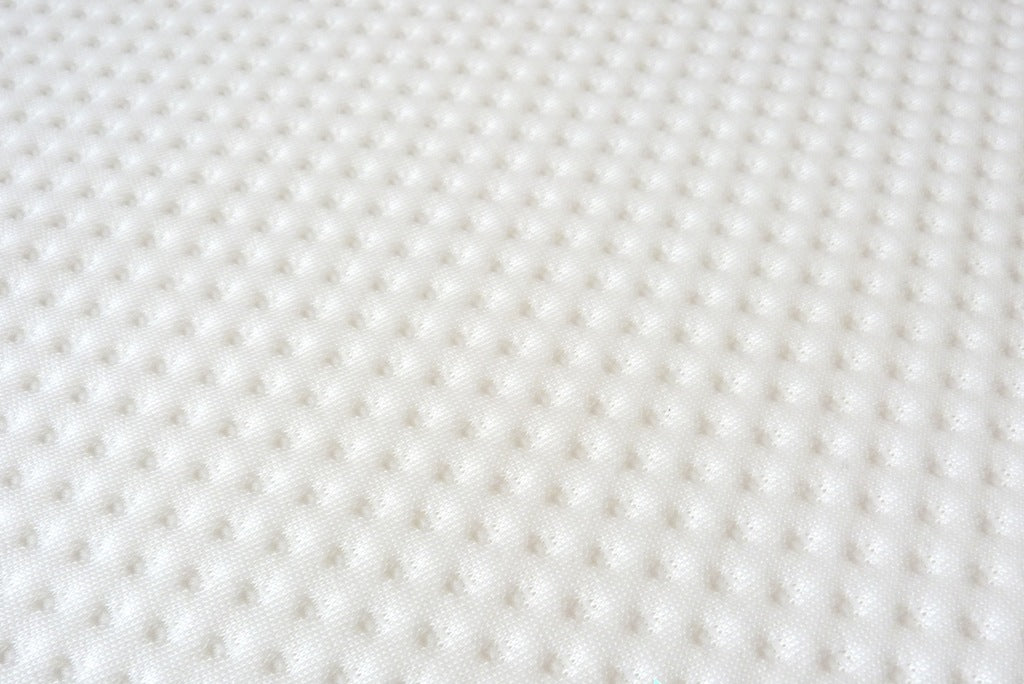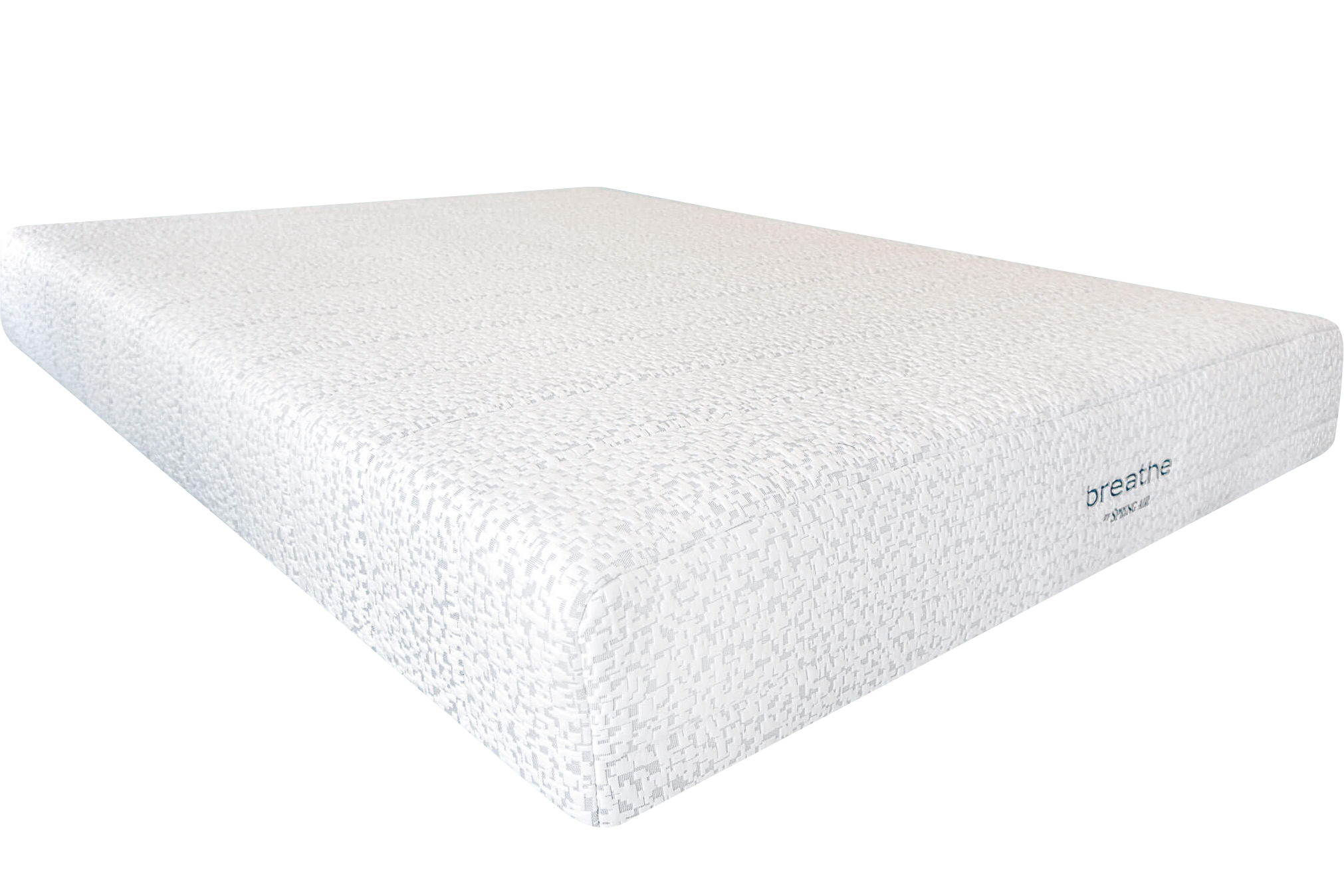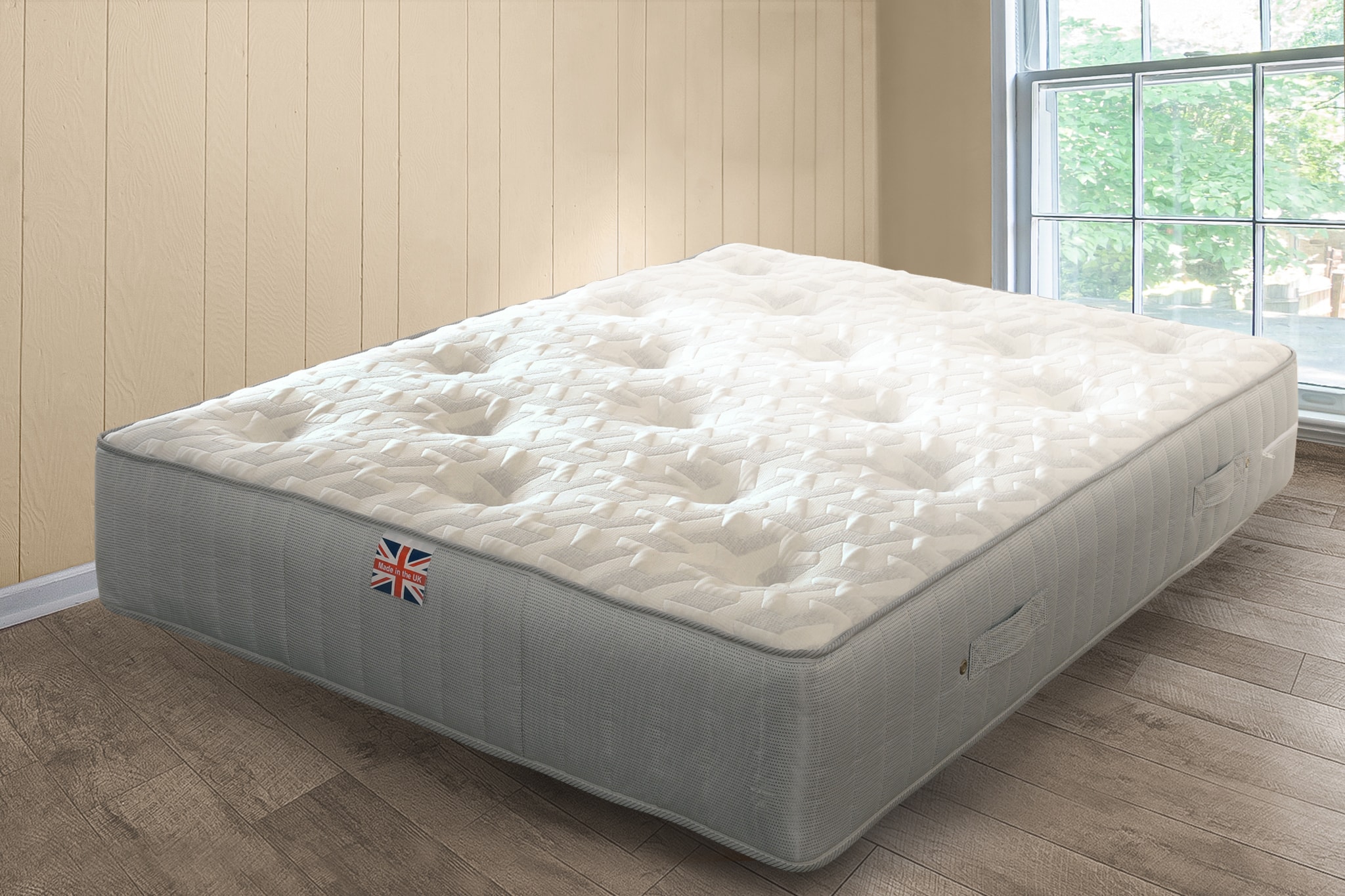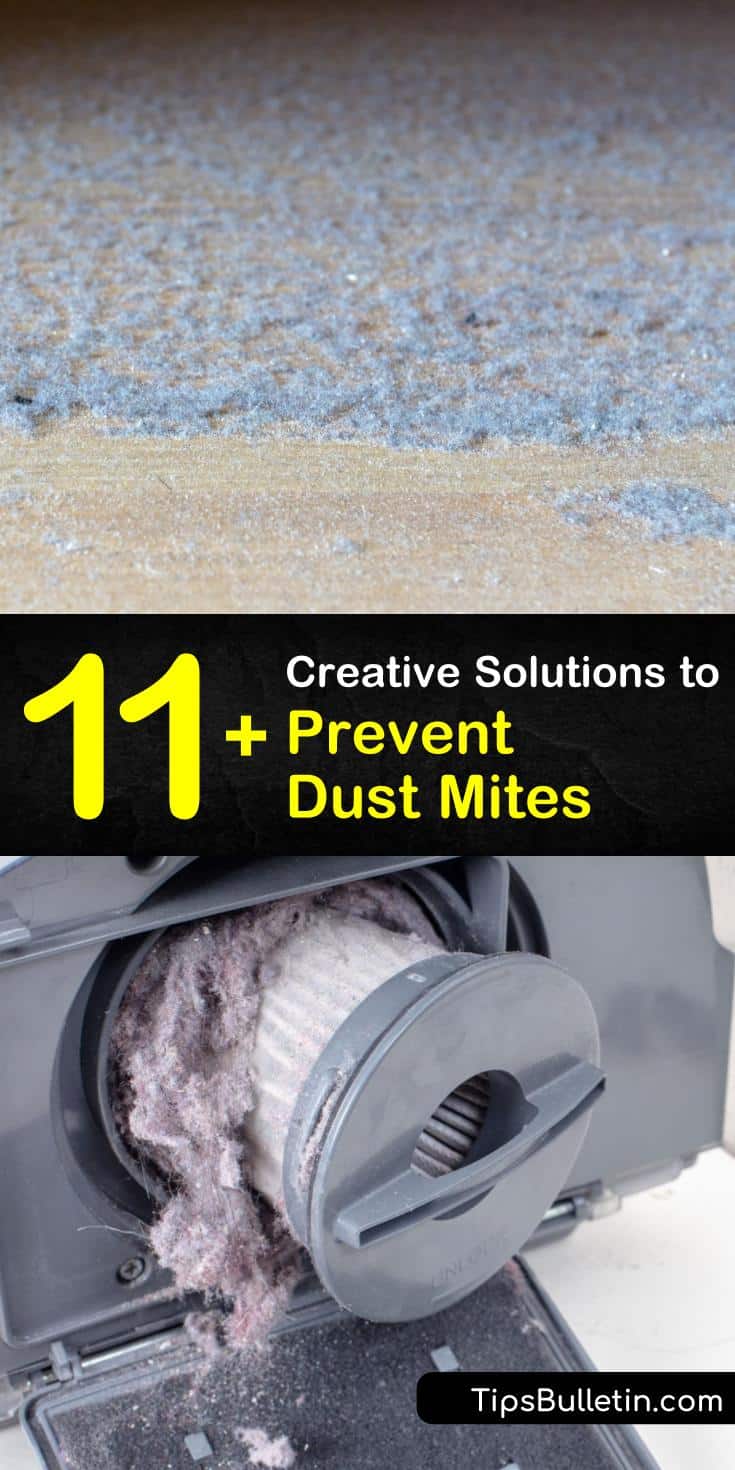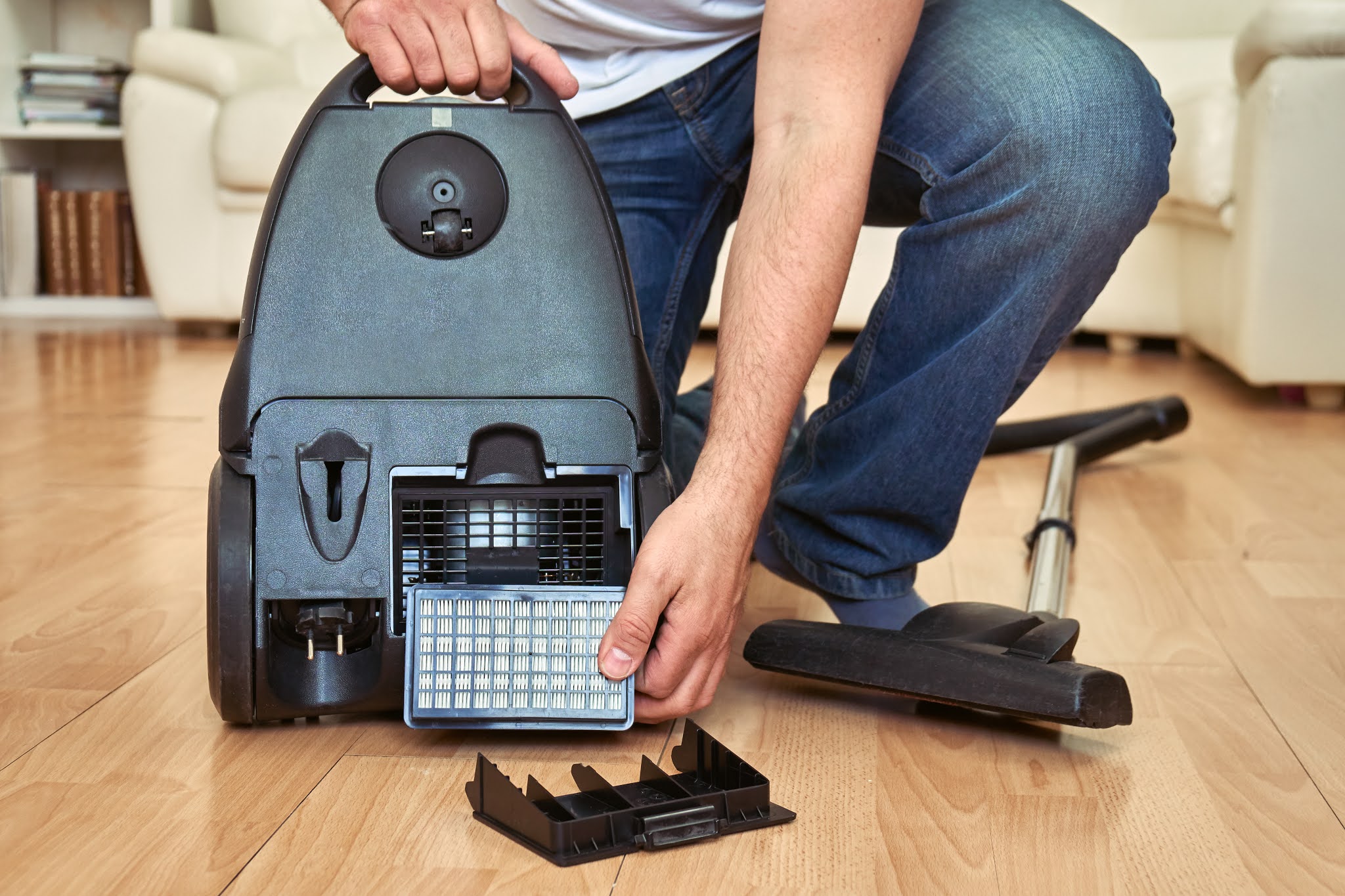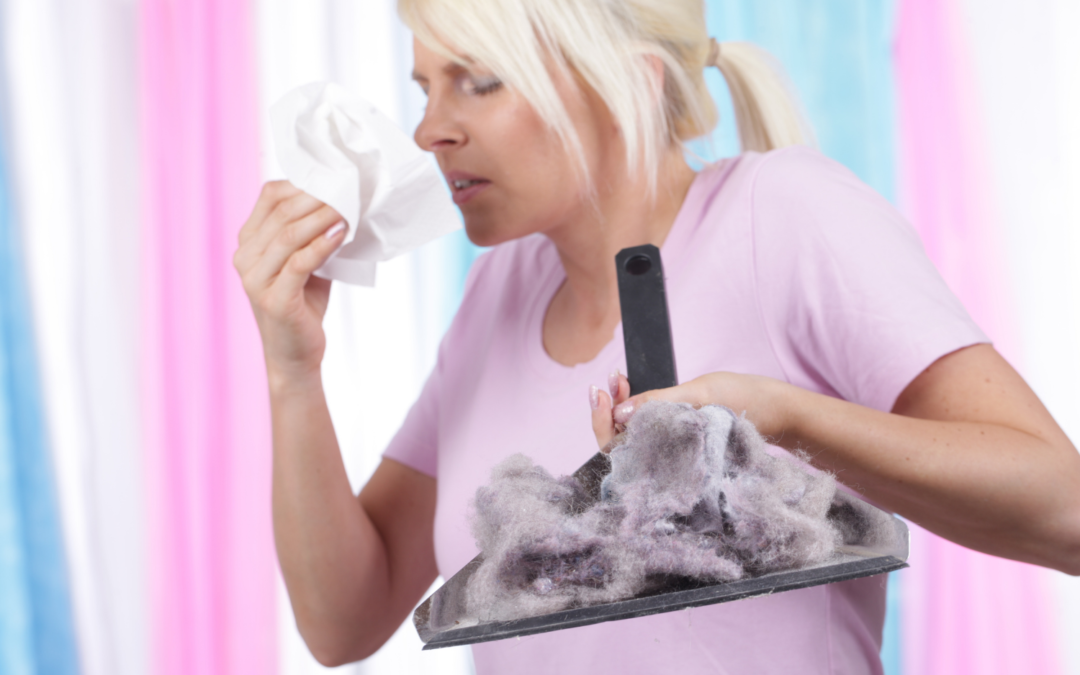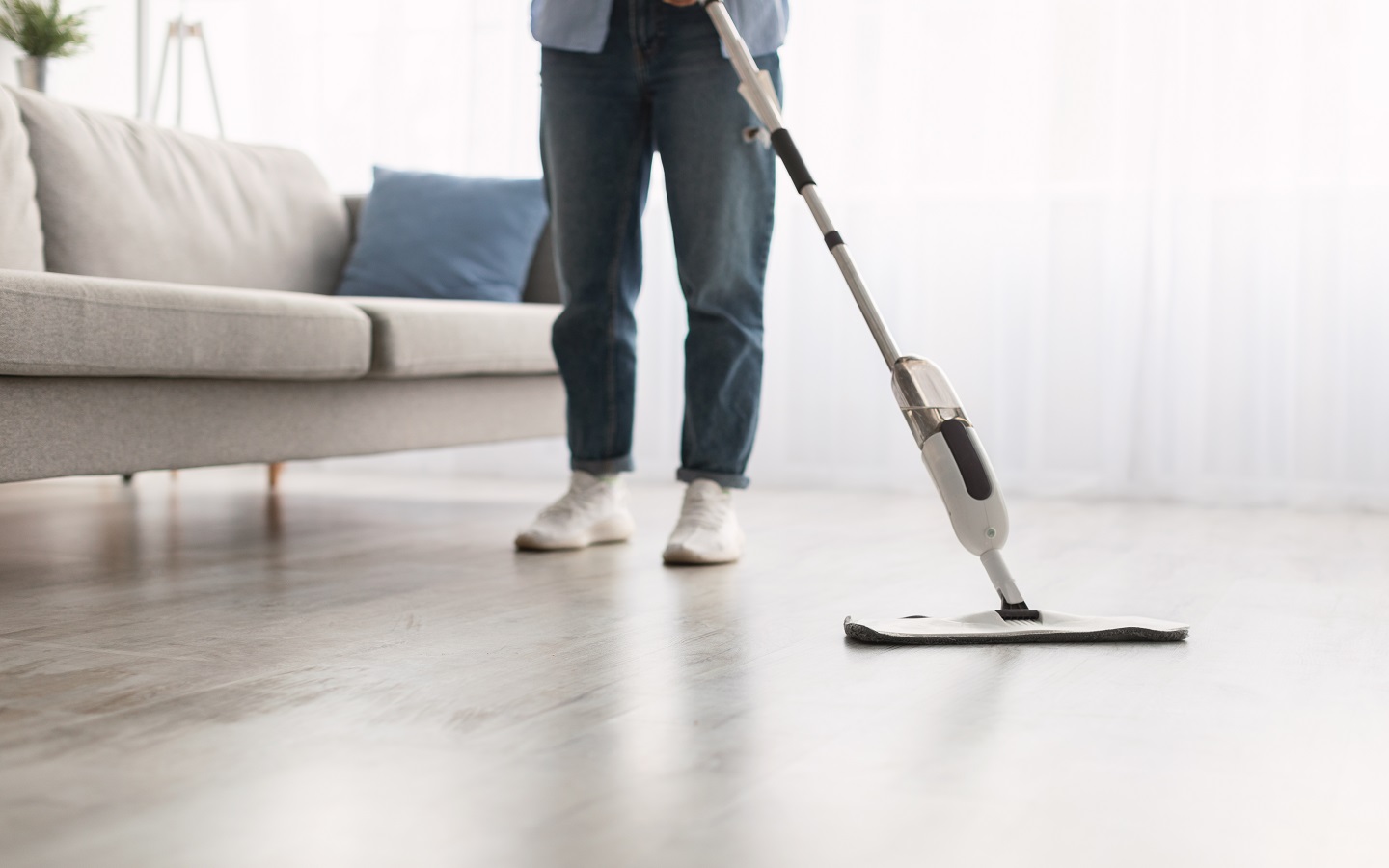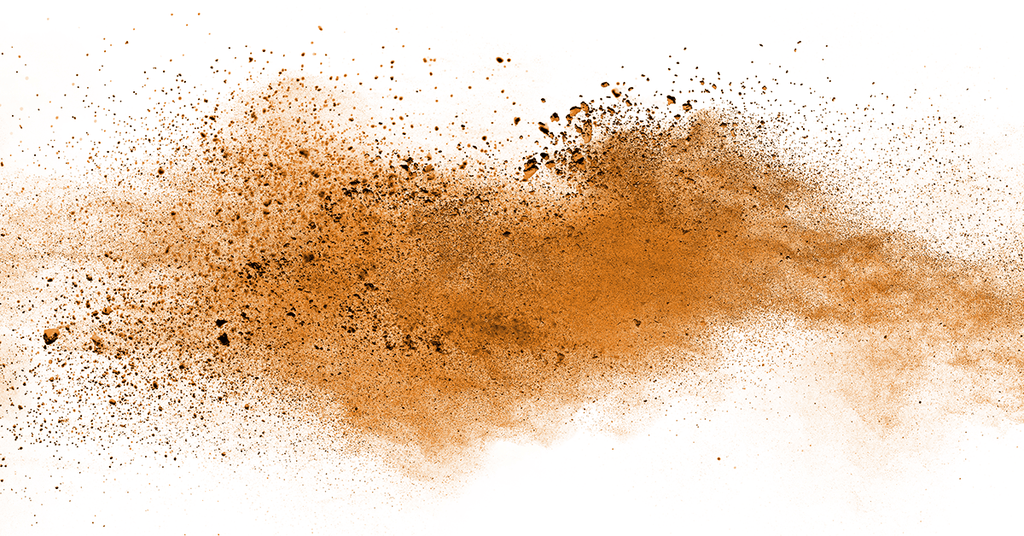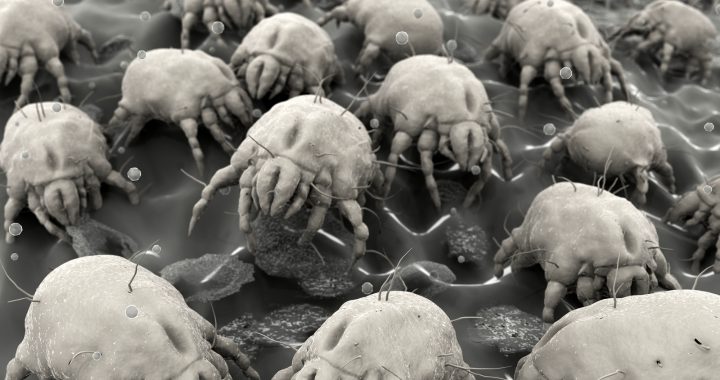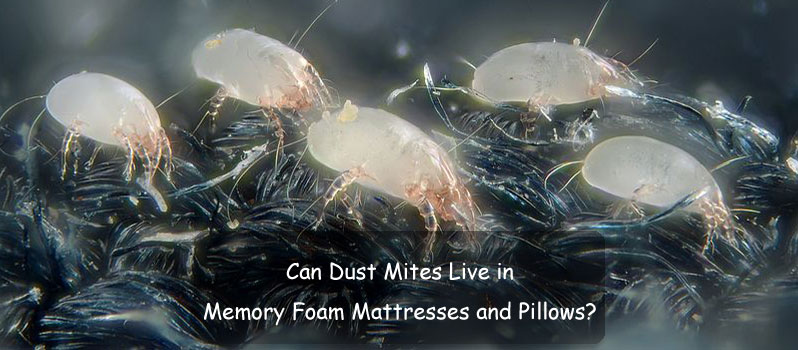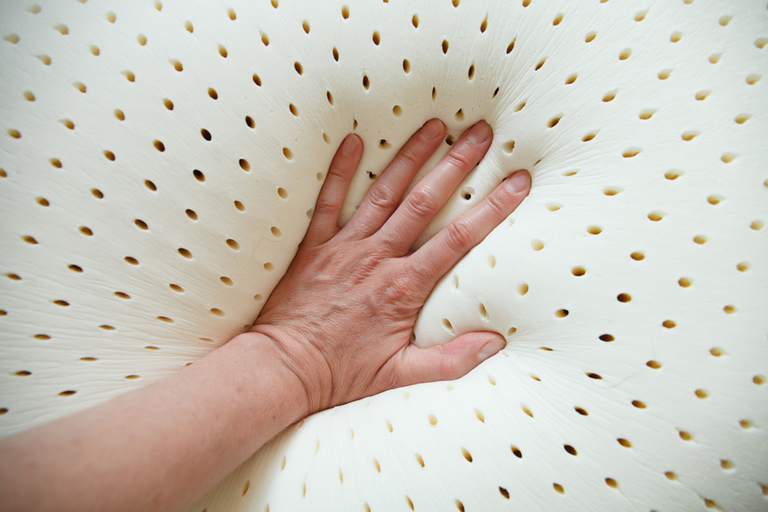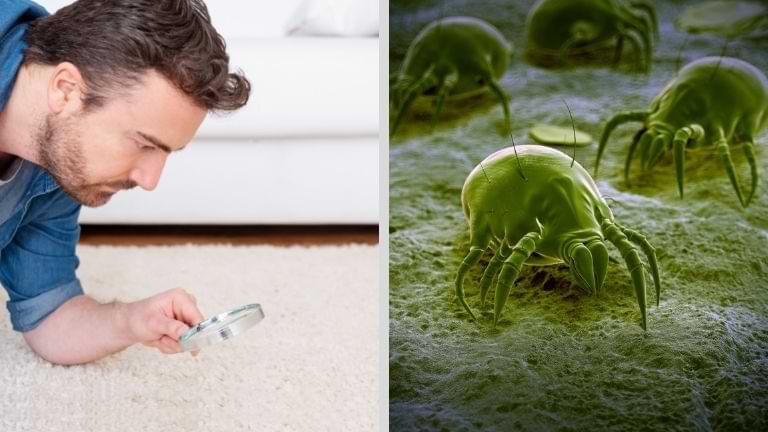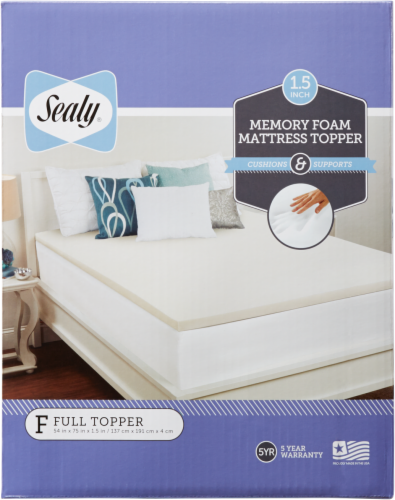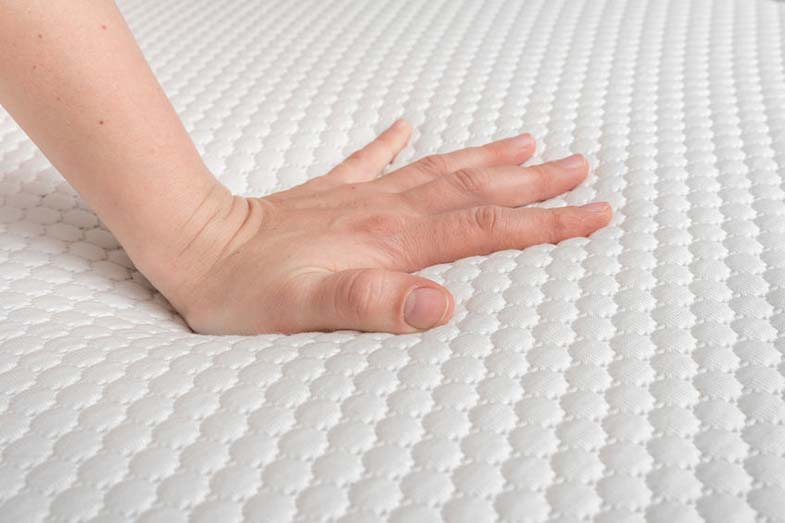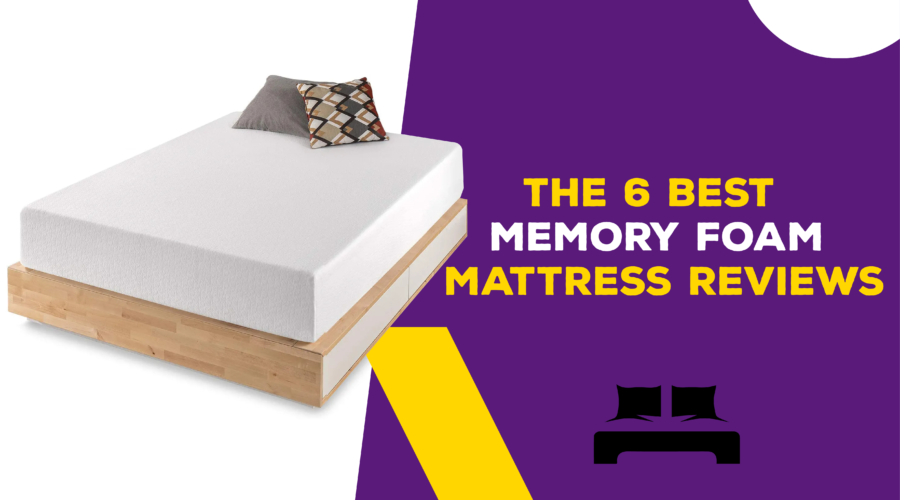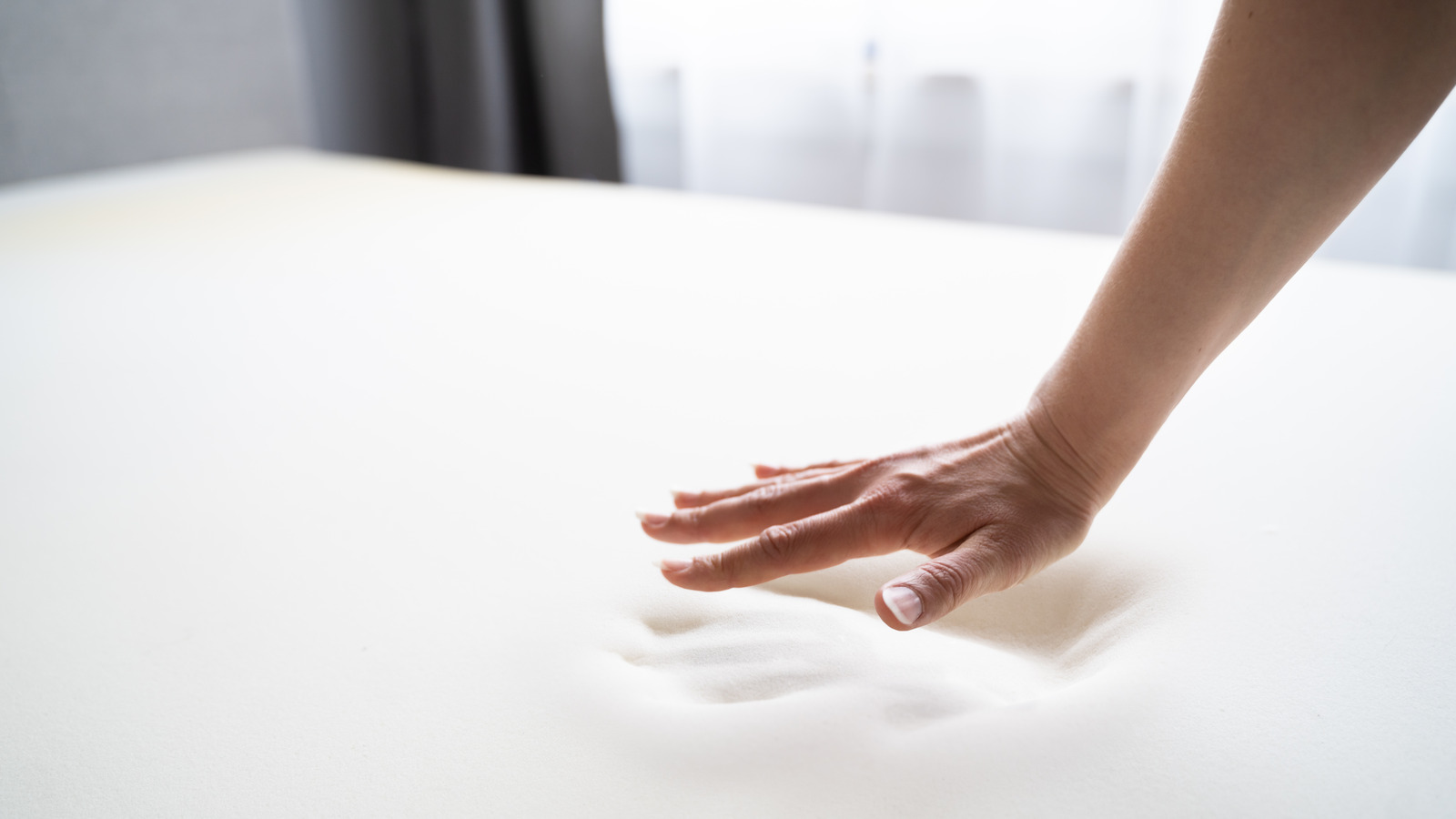When it comes to getting a good night's sleep, having a comfortable mattress is key. But for those who suffer from dust mite allergies, the thought of sleeping on a mattress filled with these pesky critters can be a nightmare. Luckily, memory foam mattresses offer a solution to this problem. In this article, we'll discuss everything you need to know about memory foam mattresses and dust mites, from choosing the right mattress to keeping it clean and allergy-free.Memory Foam Mattress and Dust Mites: What You Need to Know
When shopping for a memory foam mattress, there are a few key factors to consider in order to find the best option for those with dust mite allergies. First and foremost, look for a mattress that is hypoallergenic and made with materials that are resistant to dust mites. This will help prevent the mites from making a home in your mattress and triggering your allergies. Another important factor to consider is the density of the memory foam. Higher density foam tends to be more resistant to dust mites, as it is less porous and therefore less likely to trap allergens. Look for a mattress with a density of at least 4 pounds per cubic foot for the best protection against dust mites. Lastly, consider purchasing a mattress with a removable and washable cover. This will make it easier to keep your mattress clean and free of dust mites.How to Choose the Best Memory Foam Mattress for Dust Mite Allergies
One of the main advantages of memory foam mattresses when it comes to dust mites is their dense and supportive structure. Unlike traditional spring mattresses, memory foam mattresses are made with layers of foam that are tightly packed together, making it difficult for dust mites to burrow and thrive. Additionally, the material used in memory foam mattresses is not an ideal food source for dust mites, as it does not contain the dead skin cells and other organic matter that they feed on. This makes memory foam mattresses a less inviting environment for these allergens.Memory Foam Mattress vs. Dust Mites: What You Need to Know
Regular cleaning is essential for keeping your memory foam mattress free of dust mites. Start by vacuuming the surface of the mattress with a HEPA filter vacuum, which is designed to capture tiny particles such as dust mites. Be sure to pay extra attention to the seams and crevices where dust mites may hide. Next, spot clean any stains with a mixture of mild detergent and water. Avoid using harsh chemicals, as they can damage the foam. Once the mattress is dry, sprinkle baking soda over the surface and let it sit for a few hours before vacuuming it up. This will help absorb any remaining odors and moisture. It's also a good idea to regularly wash your mattress cover on a hot water cycle to kill any dust mites that may have made their way onto the surface.How to Clean a Memory Foam Mattress to Get Rid of Dust Mites
In addition to regular cleaning, using a mattress cover can provide an extra layer of protection against dust mites. Look for a cover that is specifically designed for memory foam mattresses and is labeled as hypoallergenic and dust mite resistant. When purchasing a mattress cover, make sure it fits snugly around your mattress and has a zipper closure to prevent dust mites from entering. It's also important to wash the cover regularly to keep it free of allergens.Memory Foam Mattress Covers for Dust Mite Protection
If you suffer from dust mite allergies, there are a few additional steps you can take to minimize your exposure and find relief. First, consider using a dehumidifier in your bedroom to reduce the humidity levels, as dust mites thrive in moist environments. You can also invest in a high-quality air purifier to help remove dust mites and other allergens from the air in your bedroom. And if you have severe allergies, you may want to consider using allergen-proof bedding and pillow covers in addition to your mattress cover.Memory Foam Mattress and Dust Mites: Tips for Allergy Relief
Prevention is key when it comes to keeping dust mites at bay on your memory foam mattress. In addition to regular cleaning and using a mattress cover, here are a few other tips to help prevent dust mites from infesting your mattress:How to Prevent Dust Mites on Your Memory Foam Mattress
If you have severe allergies or are particularly sensitive to dust mites, you may want to consider purchasing a memory foam mattress that is labeled as hypoallergenic. These mattresses are made with materials that are specifically designed to resist dust mites and other allergens. However, keep in mind that not all hypoallergenic mattresses are created equal. Make sure to do your research and look for certifications from organizations such as the Asthma and Allergy Foundation of America to ensure that the mattress meets their standards for allergen control.Memory Foam Mattress and Dust Mites: What You Need to Know About Hypoallergenic Options
There are a few common misconceptions about memory foam mattresses and dust mites that are important to address. First, many people believe that memory foam mattresses are more prone to dust mite infestations than other types of mattresses. However, as we discussed earlier, the dense structure and material of memory foam actually make it less inviting for dust mites. Another misconception is that memory foam mattresses cannot be cleaned. While it is true that they cannot be machine washed like traditional mattresses, they can be spot cleaned and vacuumed regularly to keep them free of dust mites and other allergens.Memory Foam Mattress and Dust Mites: Common Misconceptions
If you suspect that your memory foam mattress may be infested with dust mites, there are a few signs to look out for. These include waking up with allergy symptoms such as sneezing, itching, and watery eyes, as well as visible signs of dust mites such as small white bugs or black specks on the surface of the mattress. If you notice these signs, it's important to take action and thoroughly clean your mattress to get rid of the dust mites and alleviate your allergy symptoms. In conclusion, memory foam mattresses offer a comfortable and hypoallergenic option for those who suffer from dust mite allergies. By choosing the right mattress, regularly cleaning and using protective covers, and following some preventative measures, you can ensure a good night's sleep free from pesky dust mites.How to Tell if Your Memory Foam Mattress is Infested with Dust Mites
The Connection between Memory Foam Mattresses and Dust Mites
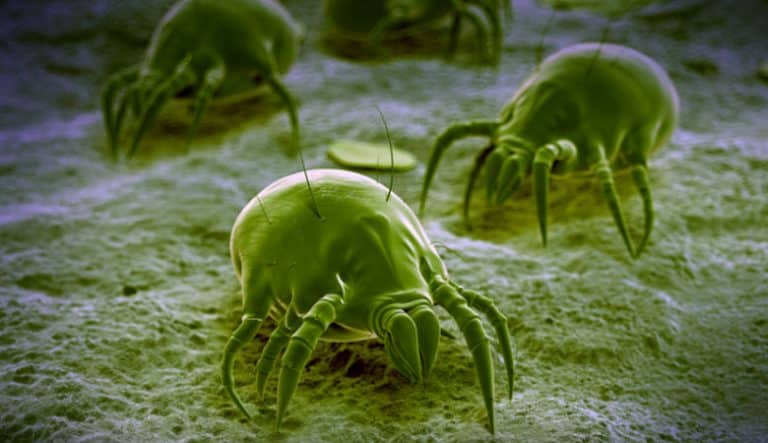
Keeping Your Home Free from Allergens
 If you suffer from allergies, you know how important it is to keep your home clean and free from allergens. One of the most common allergens found in homes is dust mites. These tiny creatures thrive in warm, humid environments and can be found in bedding, carpets, and upholstery. But did you know that your
memory foam mattress
could be contributing to the problem?
Memory foam mattresses have become increasingly popular in recent years, thanks to their ability to conform to the shape of your body and provide superior comfort and support. However, their dense construction also makes them the perfect breeding ground for dust mites. The warm, humid environment created by your body heat and sweat provides the ideal conditions for dust mites to thrive.
So, what can you do to keep your home free from these pesky allergens while still enjoying the comfort of your
memory foam mattress
? The answer lies in proper maintenance and cleaning.
First and foremost, it is important to regularly wash your bedding, including your mattress cover, in hot water to kill any dust mites that may be present. You can also invest in a special mattress cover that is designed to prevent dust mites from penetrating the surface of your
memory foam mattress
.
In addition to regular washing, it is also recommended to vacuum your mattress regularly to remove any dust mites and their debris. Pay special attention to the seams and crevices where dust mites tend to hide. You can also sprinkle baking soda on your mattress and let it sit for a few hours before vacuuming to help eliminate any odors and absorb moisture.
Another important factor to consider is the quality of your
memory foam mattress
. Lower quality mattresses may be more prone to accumulating dust mites and their debris, so investing in a high-quality, hypoallergenic memory foam mattress may be worth the extra cost in the long run.
In conclusion, while
memory foam mattresses
offer many benefits in terms of comfort and support, they also require proper maintenance to keep your home free from allergens like dust mites. By following these simple tips, you can enjoy the best of both worlds - a comfortable sleeping surface and a clean, allergen-free home.
If you suffer from allergies, you know how important it is to keep your home clean and free from allergens. One of the most common allergens found in homes is dust mites. These tiny creatures thrive in warm, humid environments and can be found in bedding, carpets, and upholstery. But did you know that your
memory foam mattress
could be contributing to the problem?
Memory foam mattresses have become increasingly popular in recent years, thanks to their ability to conform to the shape of your body and provide superior comfort and support. However, their dense construction also makes them the perfect breeding ground for dust mites. The warm, humid environment created by your body heat and sweat provides the ideal conditions for dust mites to thrive.
So, what can you do to keep your home free from these pesky allergens while still enjoying the comfort of your
memory foam mattress
? The answer lies in proper maintenance and cleaning.
First and foremost, it is important to regularly wash your bedding, including your mattress cover, in hot water to kill any dust mites that may be present. You can also invest in a special mattress cover that is designed to prevent dust mites from penetrating the surface of your
memory foam mattress
.
In addition to regular washing, it is also recommended to vacuum your mattress regularly to remove any dust mites and their debris. Pay special attention to the seams and crevices where dust mites tend to hide. You can also sprinkle baking soda on your mattress and let it sit for a few hours before vacuuming to help eliminate any odors and absorb moisture.
Another important factor to consider is the quality of your
memory foam mattress
. Lower quality mattresses may be more prone to accumulating dust mites and their debris, so investing in a high-quality, hypoallergenic memory foam mattress may be worth the extra cost in the long run.
In conclusion, while
memory foam mattresses
offer many benefits in terms of comfort and support, they also require proper maintenance to keep your home free from allergens like dust mites. By following these simple tips, you can enjoy the best of both worlds - a comfortable sleeping surface and a clean, allergen-free home.



